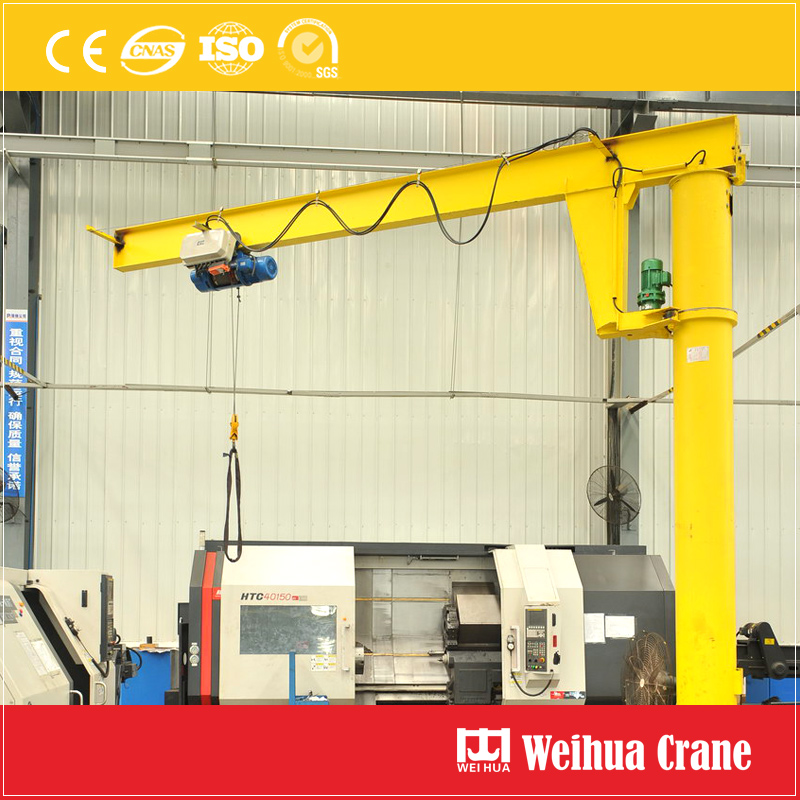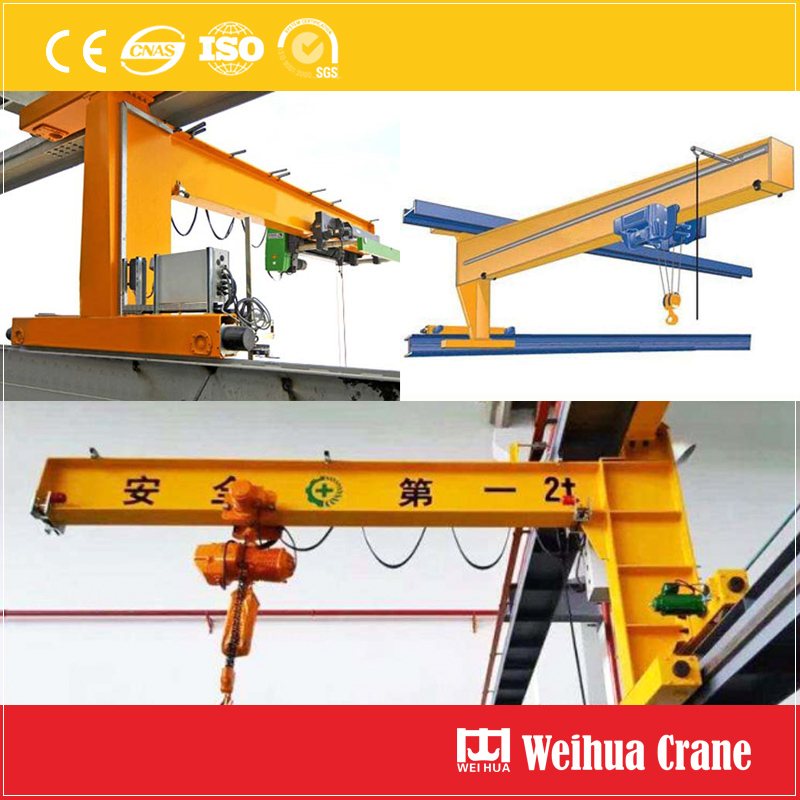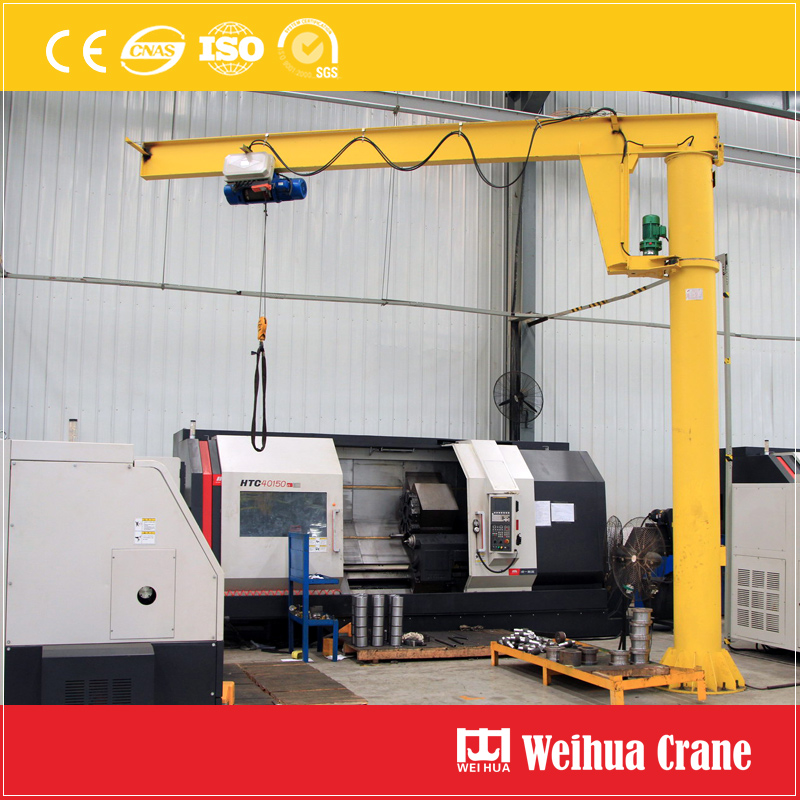Alumina and alkali feldspar contained therein to metal used in various industries, such as glass, enamel, enamel, tiles and ceramics. Albite and micro-plagioclase are the most important industrial feldspar raw materials, but other types of feldspar minerals with other properties are usually sold in the products sold. Granite , pegmatite, nepheline, syenite, fine-grained rock and feldspar sand constitute the world's feldspar resources. Feldspar main impurities mica, quartz, and other iron-containing colored impurities. Flotation is the most common method for removing mica, colored impurities, and impurities such as quartz. The hydrofluoric acid method is the most effective method for separating feldspar and quartz. Therefore, despite the growing concern about the application of HF to environmental and health issues, much research has focused on the hydrofluoric acid process. It has been confirmed in some studies that in the absence of fluoride ions, an anionic collector and a cationic collector are mixed in an acidic circuit (pH = 2) to separate quartz from the feldspar. Other researchers applied the same pharmaceutical system and unexpectedly separated feldspar from quartz in the neutral pH range. Bckenham and Rogers emphasize that quartz and potassium feldspar actually have the same floatability in dodecylamine hydrochloride solution at pH = 4-12. Suliin and Smith conducted a similar test on plagioclase pretreated with concentrated hydrochloric acid and hydrofluoric acid. The results showed that hydrofluoric acid pretreatment activated micro-plagioclase flotation, while hydrochloric acid pretreatment inhibited feldspar. Flotation. Rao and Forssberg studied the theoretical basis of quartz/feldspar flotation separation. Tests have shown that the selectivity of flotation separation depends mainly on the flotation pH. The pH change can change the surface charge of feldspar and quartz, so that the amine ions are adsorbed on the surface of the feldspar without being adsorbed on the quartz surface. Found in the same matrix of the main feldspar ore, which generally contains 3% to 5% of Na2O and K2O. The purpose of separating feldspar ore is to separate it into a pure albite phase and a pure potassium feldspar phase, the latter having a higher industrial value. The purpose of feldspar ore sorting is to maintain the valuable Na2O or K2O content in the concentrate above 8% and the other component down to 3%. In the late 1960s and early 1970s, Soviet researchers used different salts as regulators in HF media to separate different types of feldspar. Manser made a brief comment on this. Yanis recommends the use of magnesium and calcium ions as inhibitors of albite in the flotation of amines in HF media, and enrichment of potassium feldspar. Starikova used fluoride as an activator in the presence of 15 mg / L NaCI to flose separation of albite and potassium feldspar. It was found that the potassium content of feldspar concentrate increased. Revnivtzev et al. reported that potassium ions or ions with similar gamma (such as Rb, Cs, and Ba) inhibited potassium feldspar, while Na+, Ca2+ Sr2+, and Mg2+ inhibited albite and anorthite. HF treatment increases the selectivity of flotation separation and reduces the concentration of salt inhibitor required. Marius and Laura conducted an amine flotation test on pegmatites containing equal amounts of albite and potassium feldspar. The best results were obtained with NaCI inhibition of albite. Demir et al. demonstrated that sodium ions inhibit albite when flotation of alkaline feldspar with an amine collector in the neutral pH range. 1 HF method potassium feldspar-quartz sorting in a mine in Shandong, as shown in Figure 2. Due to the fine grain size of the ore, the feldspar-quartz cannot be effectively separated even by the HF method, and the SiO2 content of the obtained quartz product is still low. Two-stage grinding HF potassium feldspar-quartz separation process In order to obtain qualified quartz products, in view of the characteristics of fine feldspar and quartz in the ore, the fineness of the quartz and the complex embedding characteristics, the quartz obtained after the flotation is added for the second stage grinding, and then the second selection by the HF method. The test procedure is shown in Figure 3. The experimental results show that after the quartz coarse concentrate is re-milled, it is sorted by HF method. The SiO2 content of the obtained quartz product reaches 96.74%, which meets the user's quality requirements; the feldspar product can also meet the requirements of the first grade product. The method is to add HF acid to quartz and feldspar pulp. When pH=2~3, the cations are preferentially used for flotation of feldspar. 2 HF method for sorting potassium feldspar and albite A flotation study of a mixed feldspar ore with a K2O/Na2O (3.78/3.37) ratio of 1.12 was carried out in a Denver flotation machine under acidic pH conditions created by HF. The selective separation of K-feldspar and albite was achieved by segmented branch flotation method. In the HF medium, for the flotation of feldspar ore containing 3.37% Na2O and 3.78% K2O, the grades of K2O and Na2O concentrates were 10.51% and 3.102%, respectively, and the K2O/Na2O ratio was 3.48. The results show that NaCl can promote the selective separation of K-feldspar and albite in acidic medium by segmental flotation flotation. Most feldspar deposits can be divided into albite deposits, potash feldspar deposits and mixed feldspar deposits. The composition of feldspar minerals can generally be treated with feldspar (KAISi3O8)-sodium feldspar (NaAISi3O8)-calcium long Stone (CaAl2Si2O8) ternary system to represent. From a chemical point of view, feldspar minerals are aluminosilicates which contain sodium, potassium, iron, calcium or strontium and/or combinations of these elements. Due to the presence of alkali metal sodium and potassium, albite and feldspar are known as alkaline feldspar. Alkaline feldspar is of special importance depending on the industrial use of feldspar. Although in some applications, the total K2O + Na2O content is the main technical standard for its application, in the ceramic industry, the K2O / Na2O ratio is also very important. The feldspar matrix is ​​composed of minerals such as albite, feldspar muscovite, garnet, and quartz. 3 hydrochloric acid separation of coarse quartz and feldspar Li Wei adopts hydrochloric acid pretreatment and enhanced flotation method. The method is simple, the cost is low, and the purity of separation of quartz and feldspar is improved. This method is mainly for coarse-grained quartz and feldspar. From granite or gneiss , coarse-grained quartz with a purity close to 100% is selected. The process flow is shown in Figure 3. Quartz-feldspar does not drag the sludge sorting process
Jib cranes can be floor jib cranes and wall jib cranes. Floor Jib Crane is a floor fixed column jib crane for workshop, warehouse, wharf, etc. Wall cranes can be wall fixed jib crane and traving jib crane on wall rails, which needs no floor space and girder or beams like Bridge Crane, thus saving workshop space.
Jib crane is light crane for small capacity material handling commonly used at workshop, warehouse, wharf, production line, manufacturing production line, etc.
Jib crane capacity: 1t - 10t or custom
Lift height: 1m - 12m or custom
Work duty: A5, A6 or custom
Weihua provides different jib cranes with different specifications. Just tell us your working site condition, we will provide you with the professional products and solutions. Welcome to visit us.
Jib Crane Crane Rail,Jib Crane,Slewing Jib Crane,Floor Fixed Jib Crane Henan Weihua Heavy Machinery Co., Ltd. , https://www.hoistcrane.nl




Acid flotation feldspar and quartz